Private LTE/5G networks provide wireless connectivity to some of the remotest corners of the World. Without radiocommunication networks, industries will certainly fail to meet the demands for increased production, lower operating costs and reducing the impact of environmental damage.
In this case study, we look at how automation is changing the dynamics of radio networks. Specifically, how open-pit mines operators leverage their private LTE/5G networks to automate key processes within mines. Smart mining requires operators to integrate multiple systems and applications seamlessly to maintain their operations via their wireless networks.
Challenges
The mining industry is modernizing with smart mining operations benefitting from automation.
Automation plays a key role in transforming mining operations and has the potential to increase productivity and improve safety and working conditions. Private cellular networks connect various autonomous machines and vehicles in the mines by coordinating vehicle paths and exchanging mission-critical information. Because of the constantly changing mine environment, transmitters and receivers move, causing reflections, scattering and other diffraction phenomena. Modelling the impact of these changes on network coverage needs to be managed regularly; otherwise, operators risk communication failures.
HTZ is allowing mine operators to automatically calculate coverage based on terrain changes, along with key RF functions like identifying the best server, composite coverage and coverage overlapping. Mine operators need to constantly manage the effects of the changing terrain. ATDI integrated their RF planning software into the mine operators' GIS survey solution. This solution scans and monitors terrain changes within the mine. The GIS engine imports updated maps into ATDI’s planning tool, triggering their conversion into our proprietary format. Once imported, the software automatically recalculates coverage based on the terrain changes.
Approach
The key drivers of this project included:
The key features and functions required to support the efficient operations of private LTE/5G networks, include:
Solution
ATDI supplied its in-house RF planning tool, HTZ Communications to undertake route radio network planning.
The platform schedules and automates routine processes like collecting new GIS information on the mine’s terrain from a local database and updating the digital terrain model in HTZ to reflect the changes. This process automatically triggers coverage calculation predictions for all their RF networks, including TETRA, DMR, WIFI, P2P, LTE, PMP and line-of-sight analysis. The platform has proven benefits by providing BHP with regular network performance reviews and assisting with troubleshooting real-time measurements.
HTZ Communications features a prospective planning function which allows operators to model network challenges. Network plans include the best location for fixed transmitters and the best coverage achieved. The result is improved efficiency and reduced risk of communication failures.
HTZ Communications delivers highly accurate predictions, outperforming other planning tools that have evolved from the classic mobile telco needs in urban and suburban environments. Our propagation engine is well suited to modelling all terrains and environments, including indoor scenarios.
HTZ Communications features a prospective planning function to allow operators to model these challenges over time. These plans can include the best location for fixed transmitters and the best coverage achieved.

